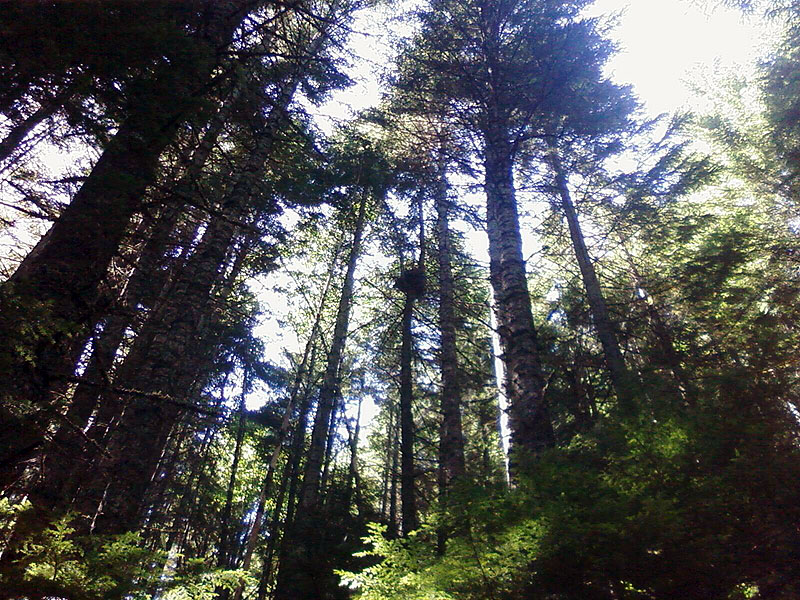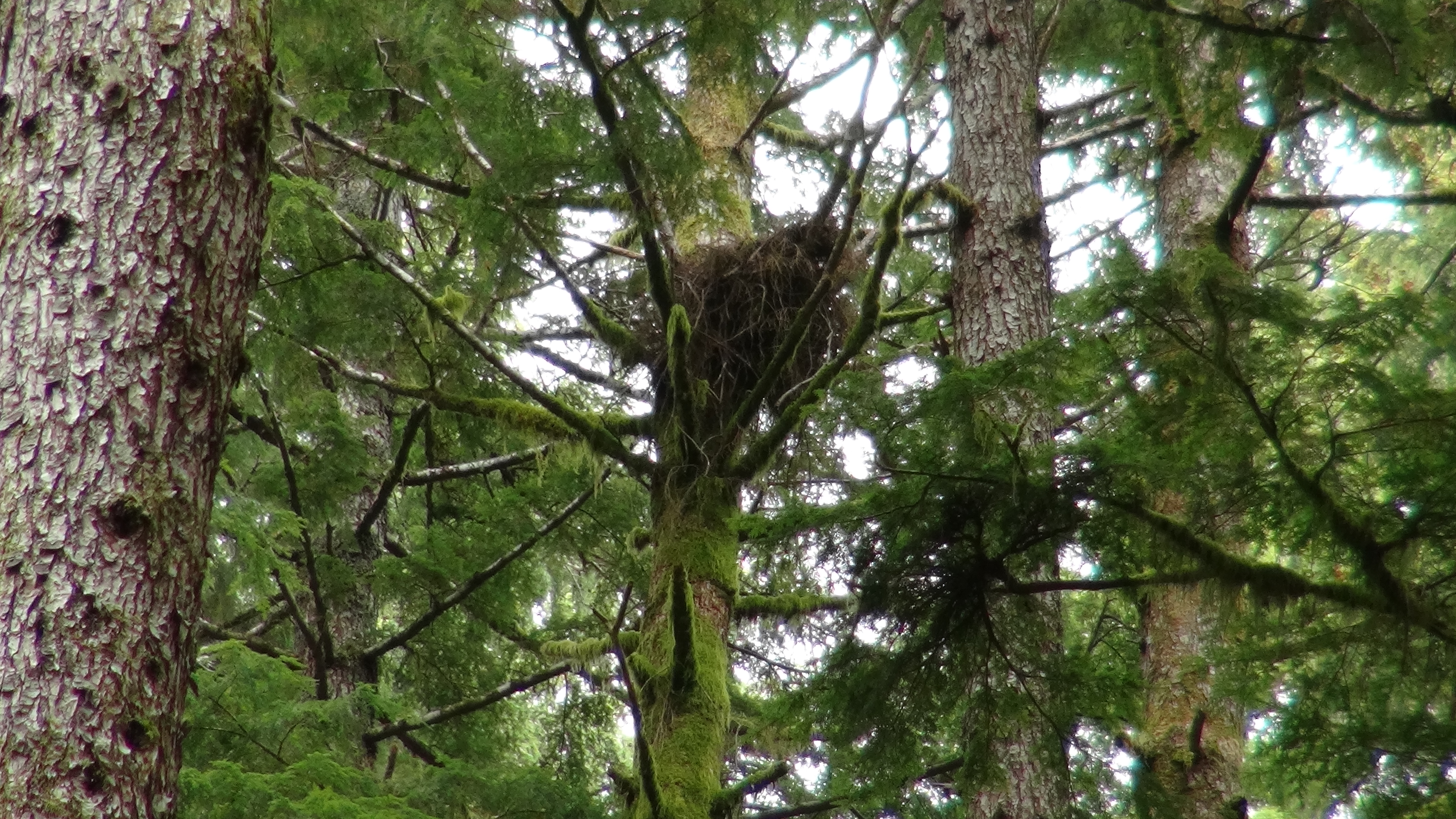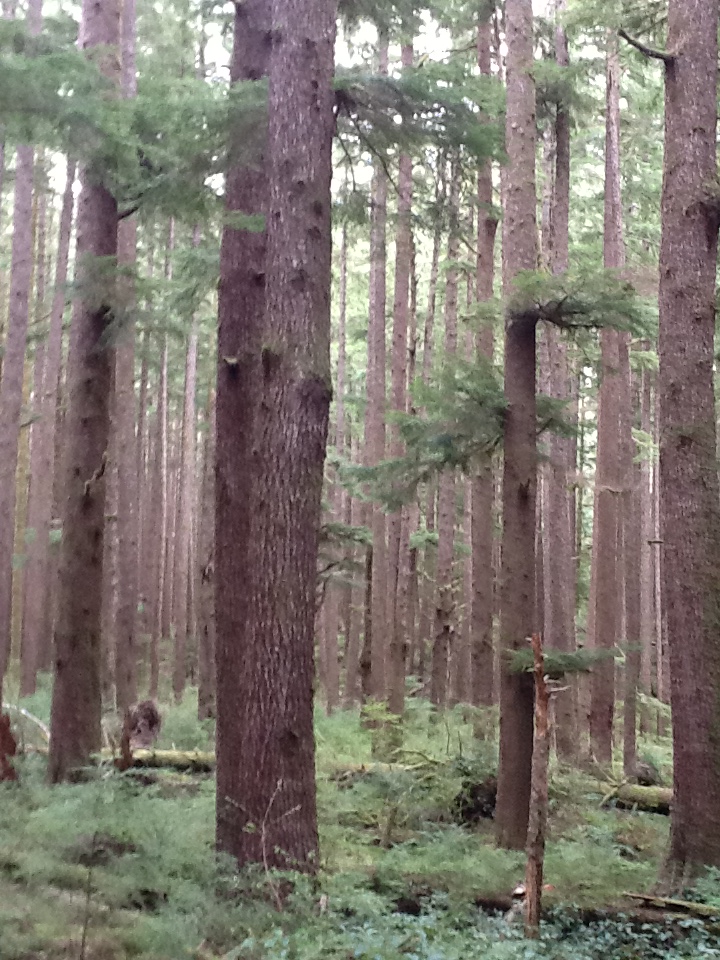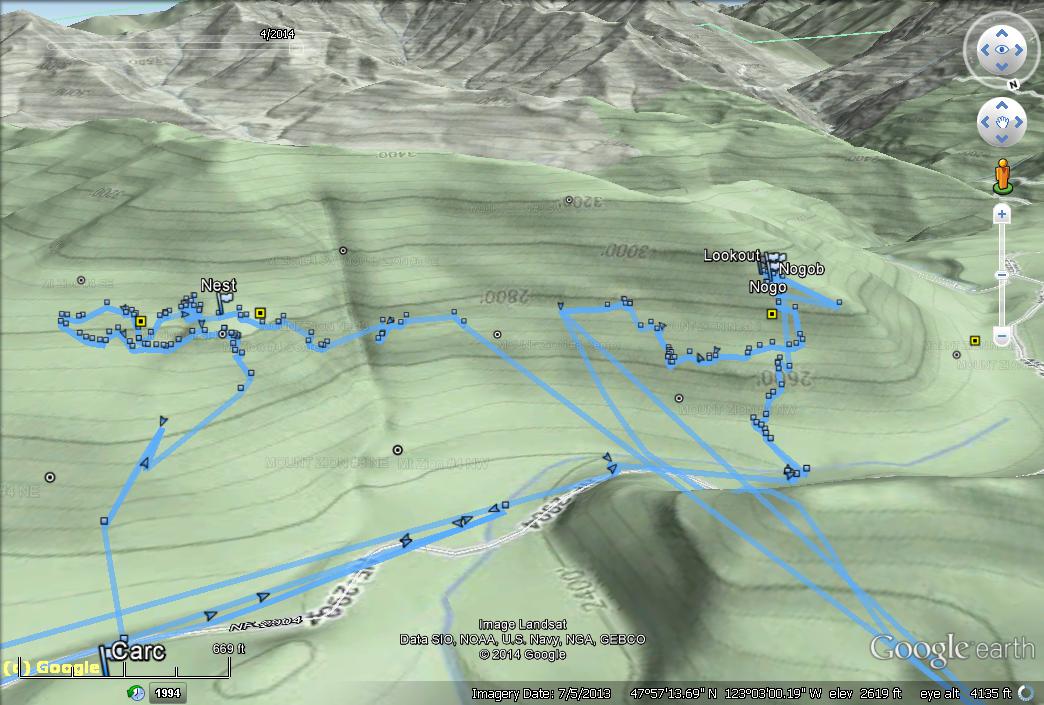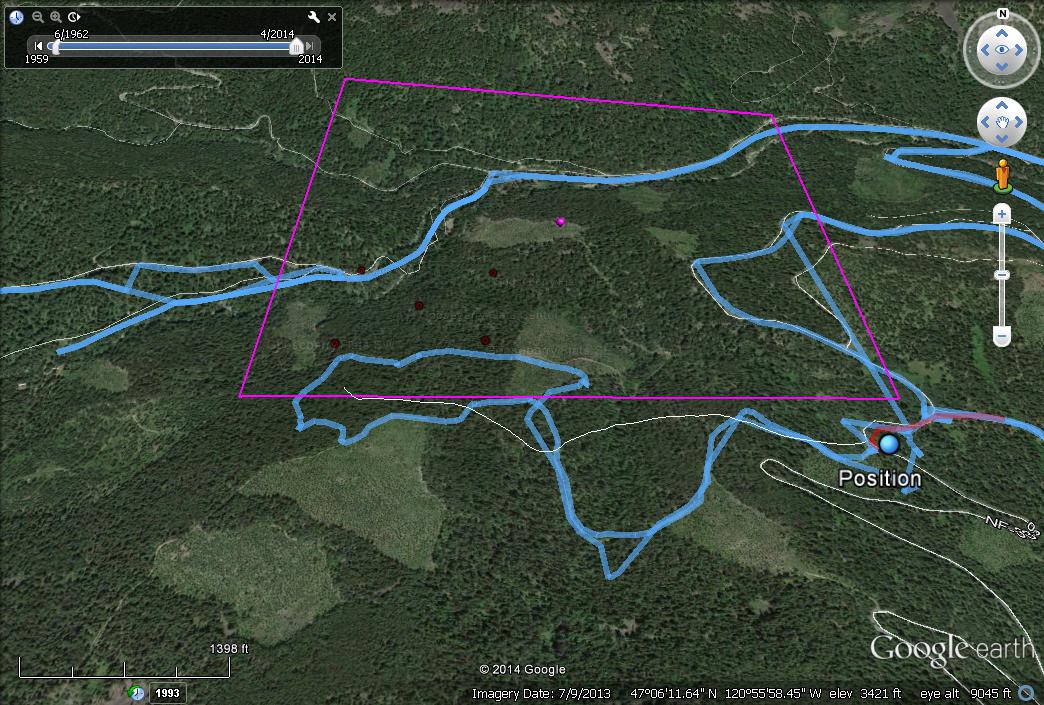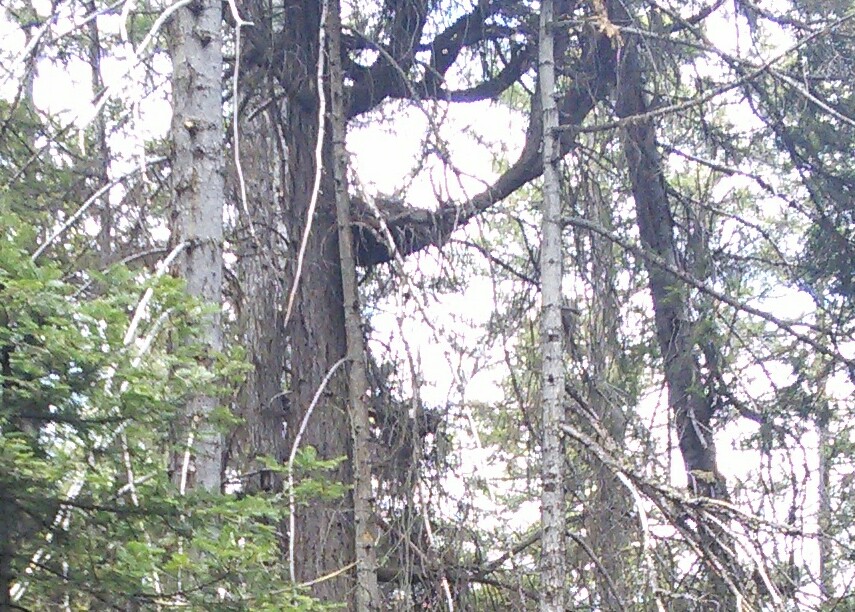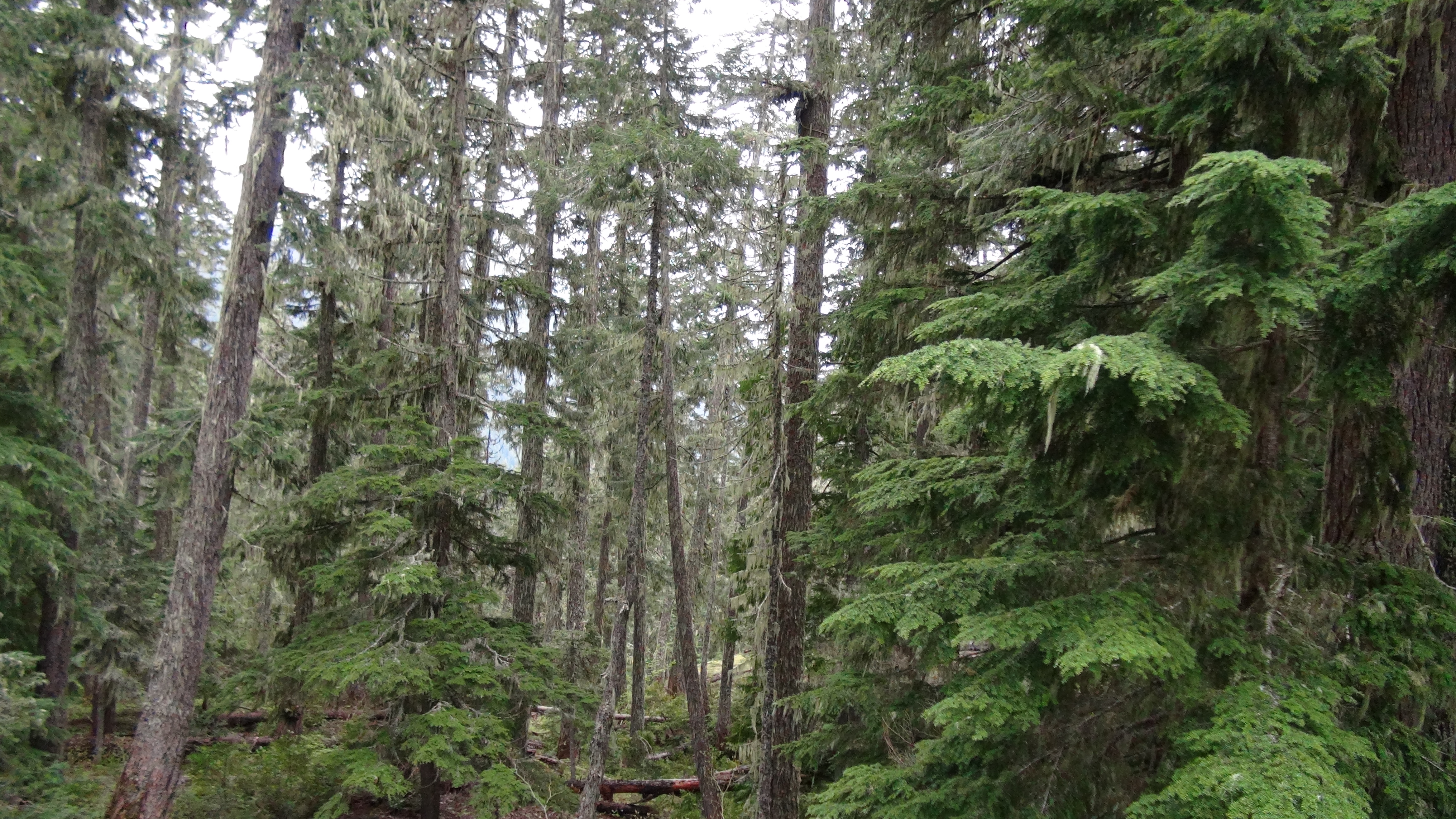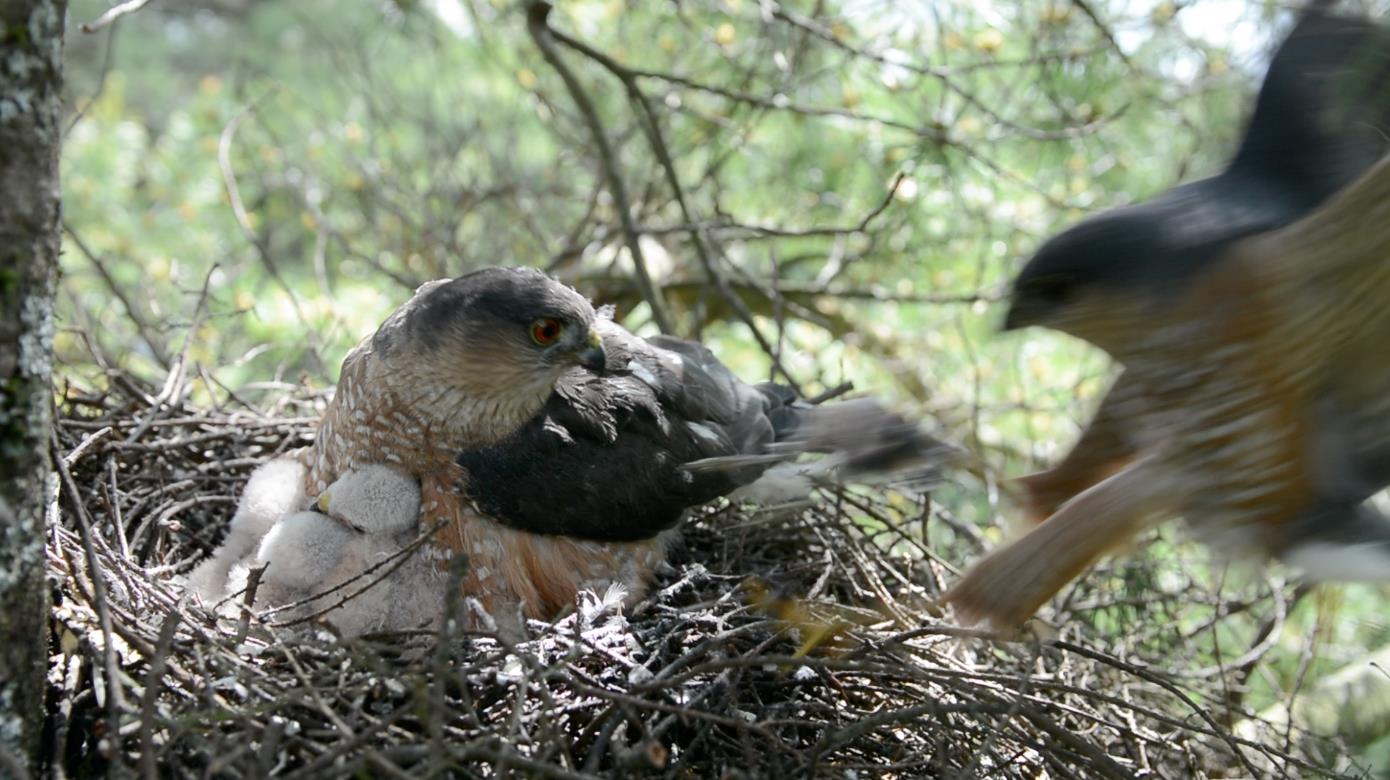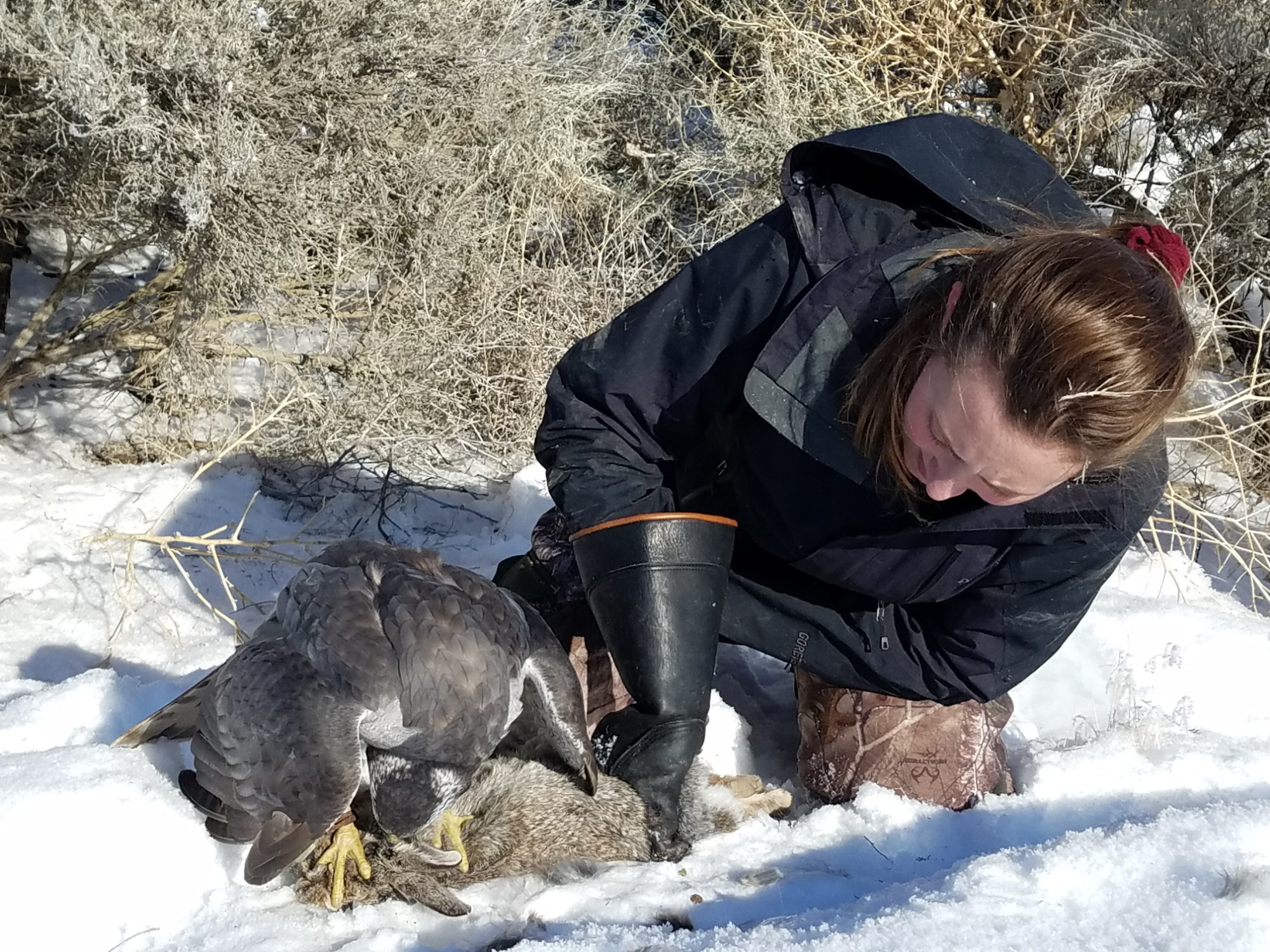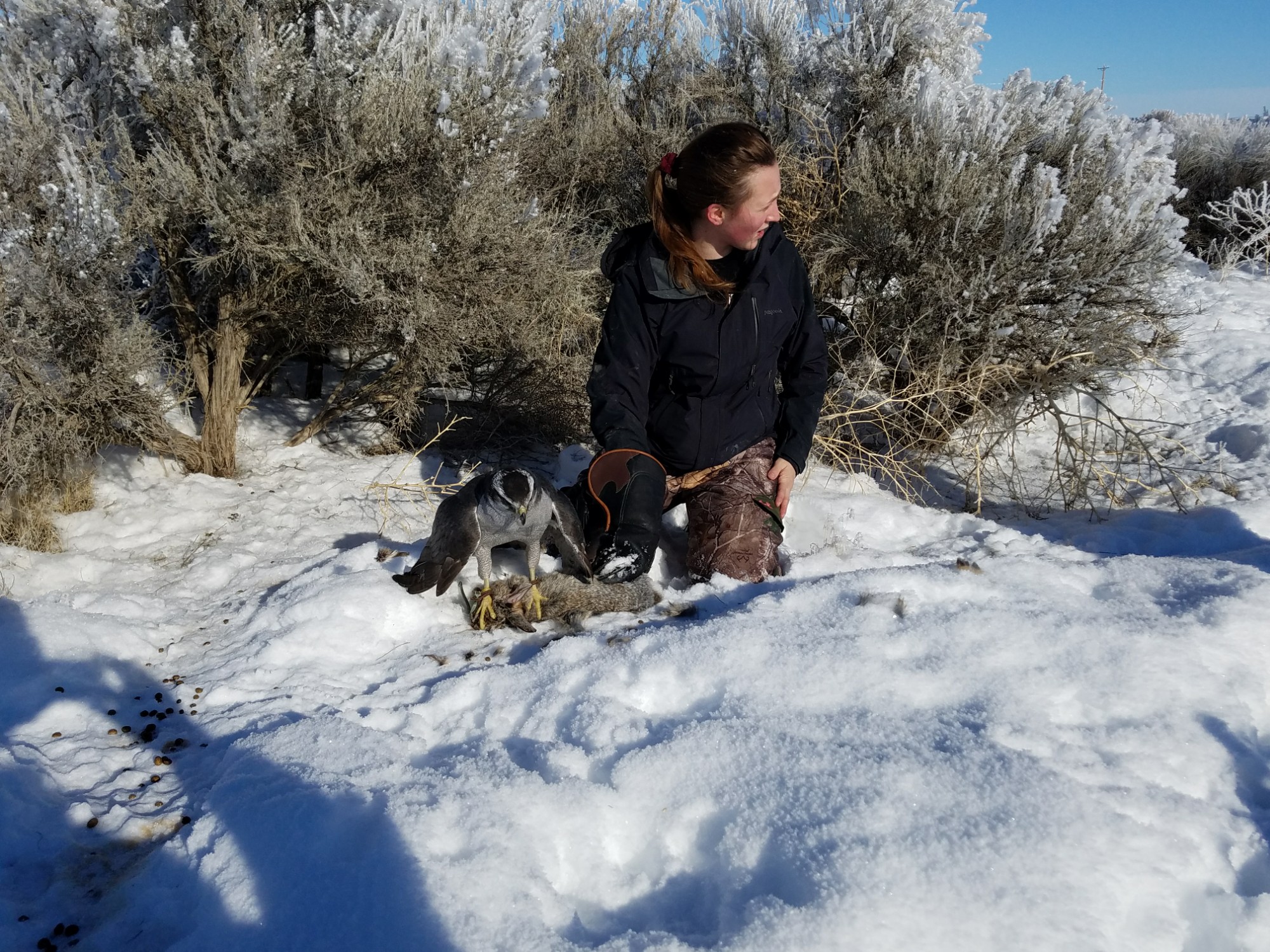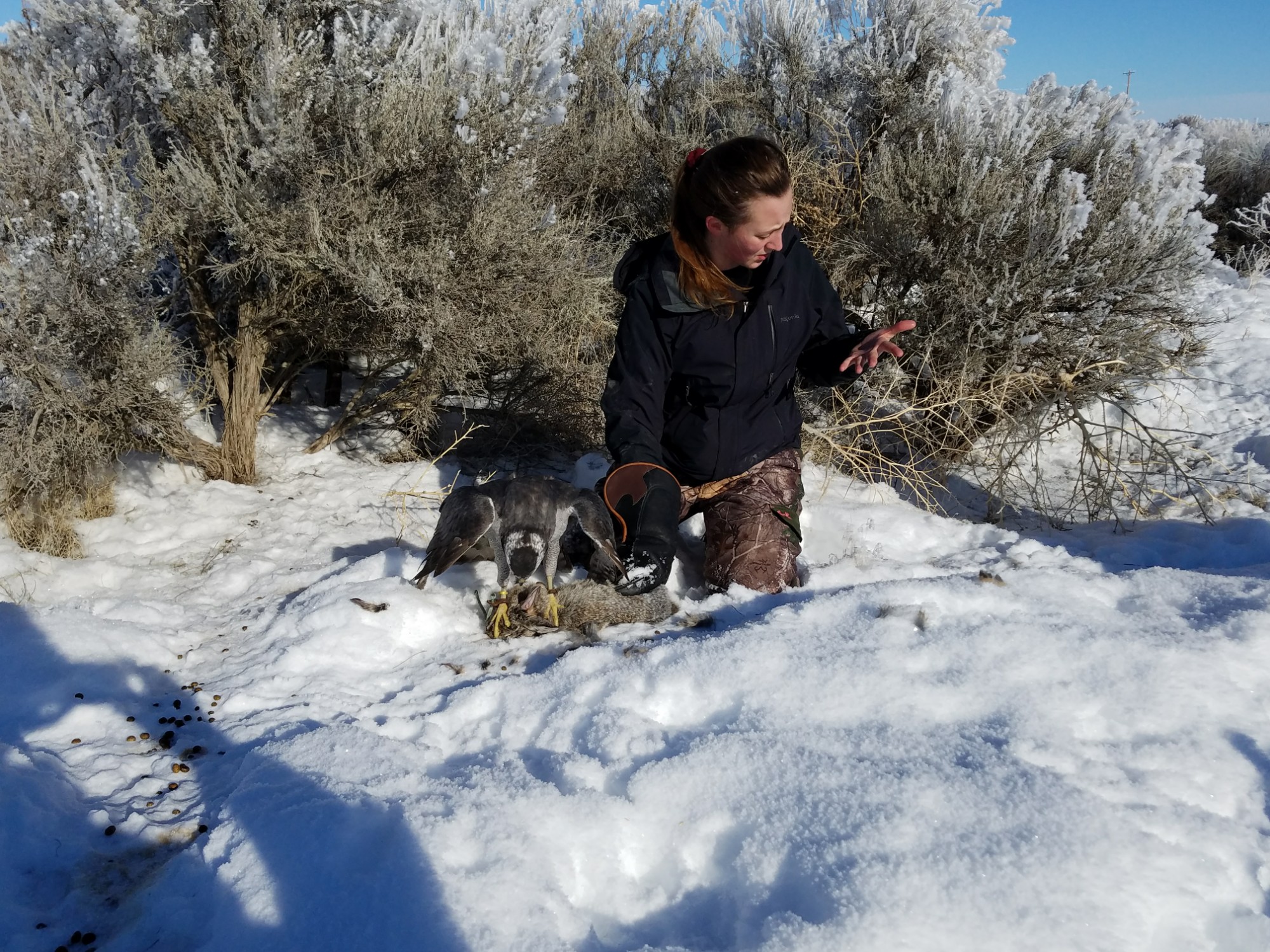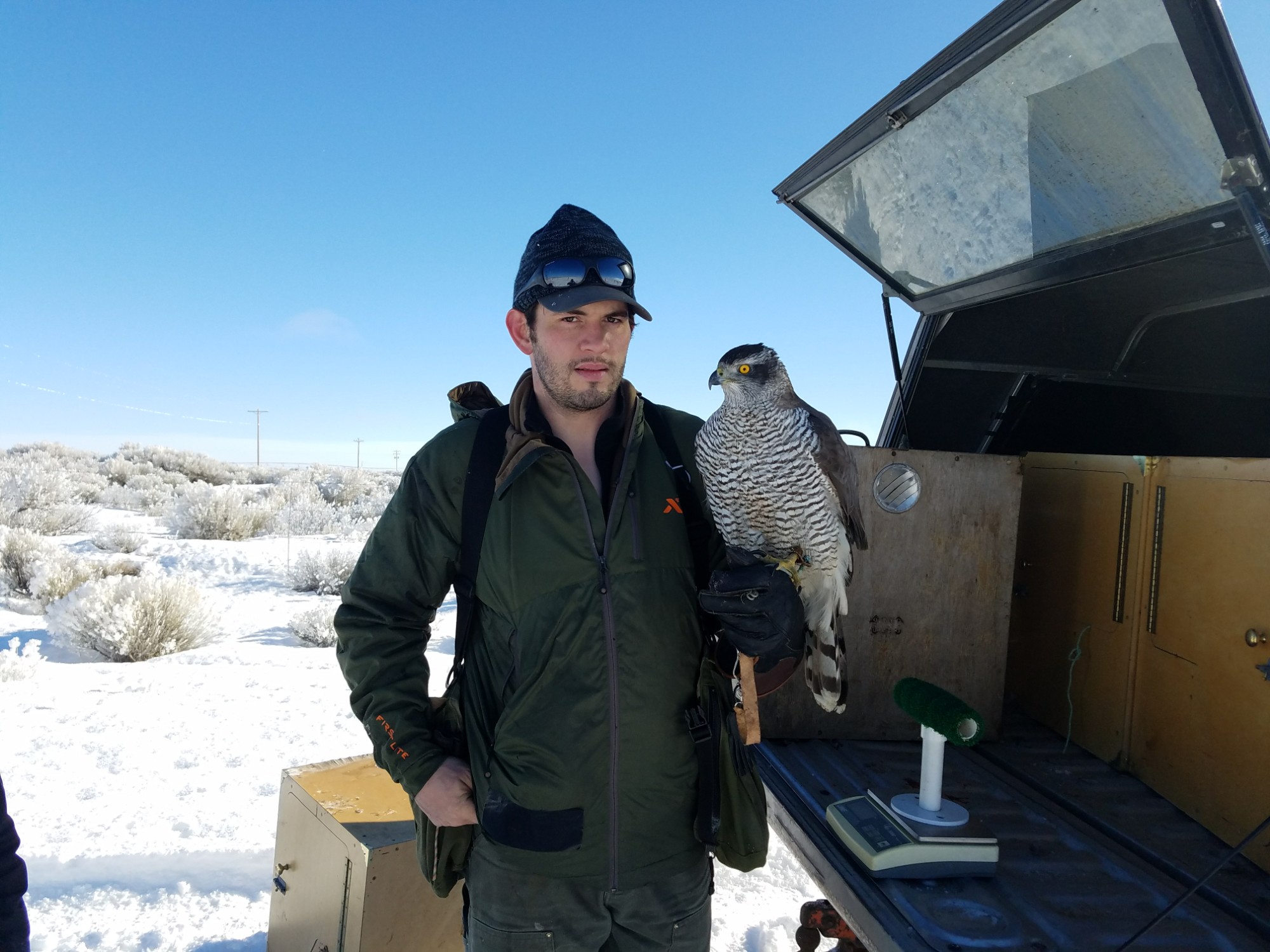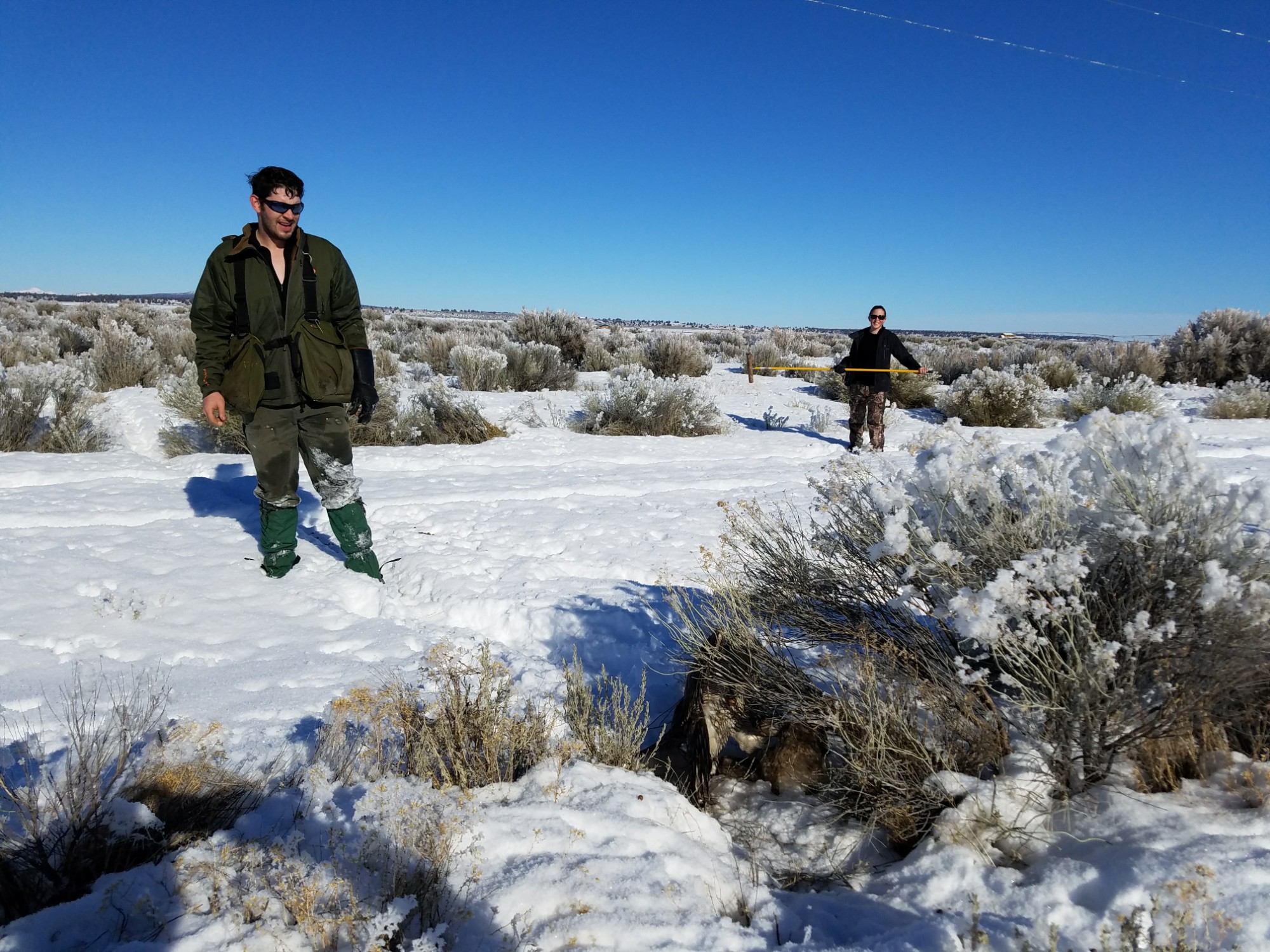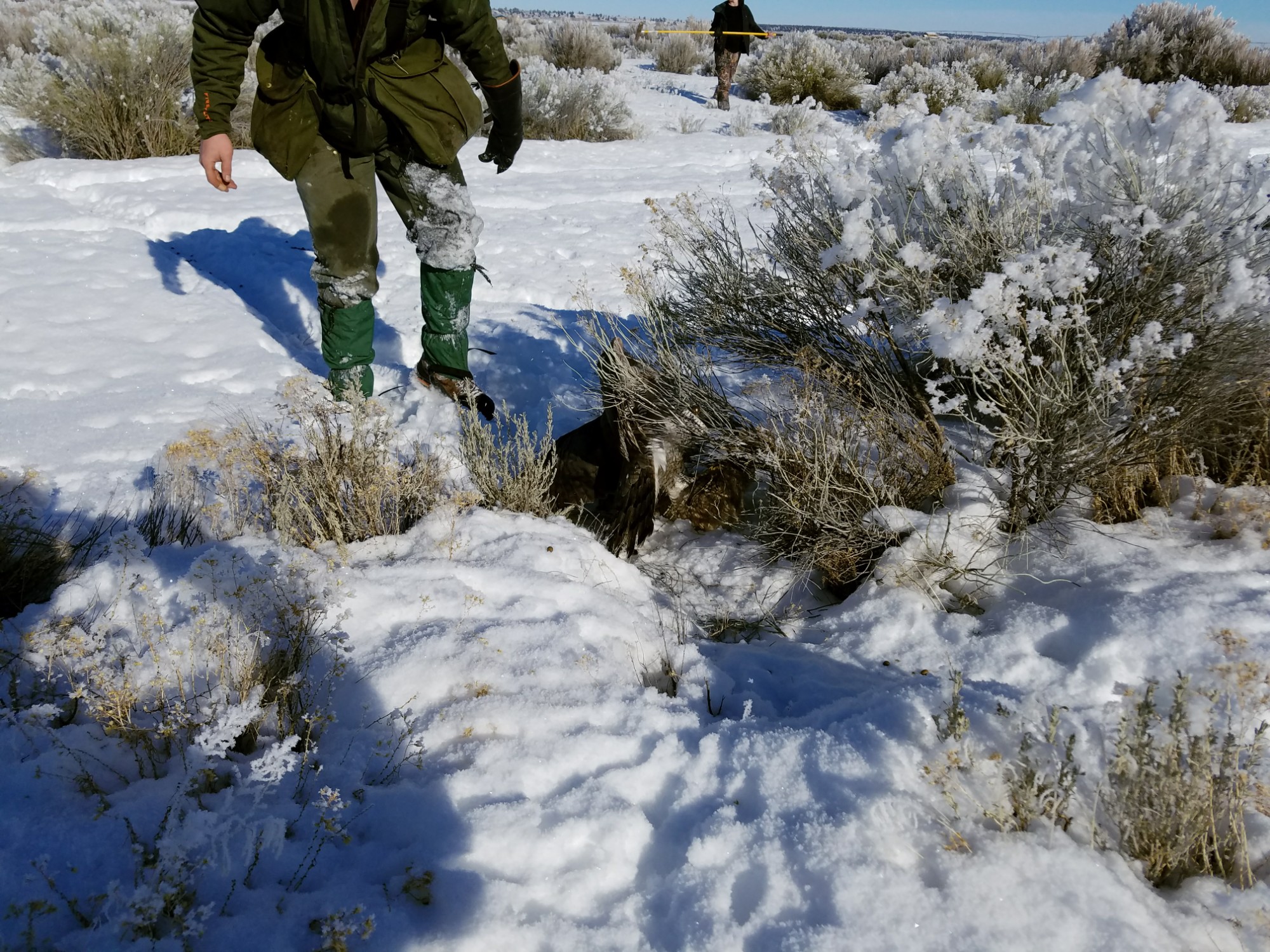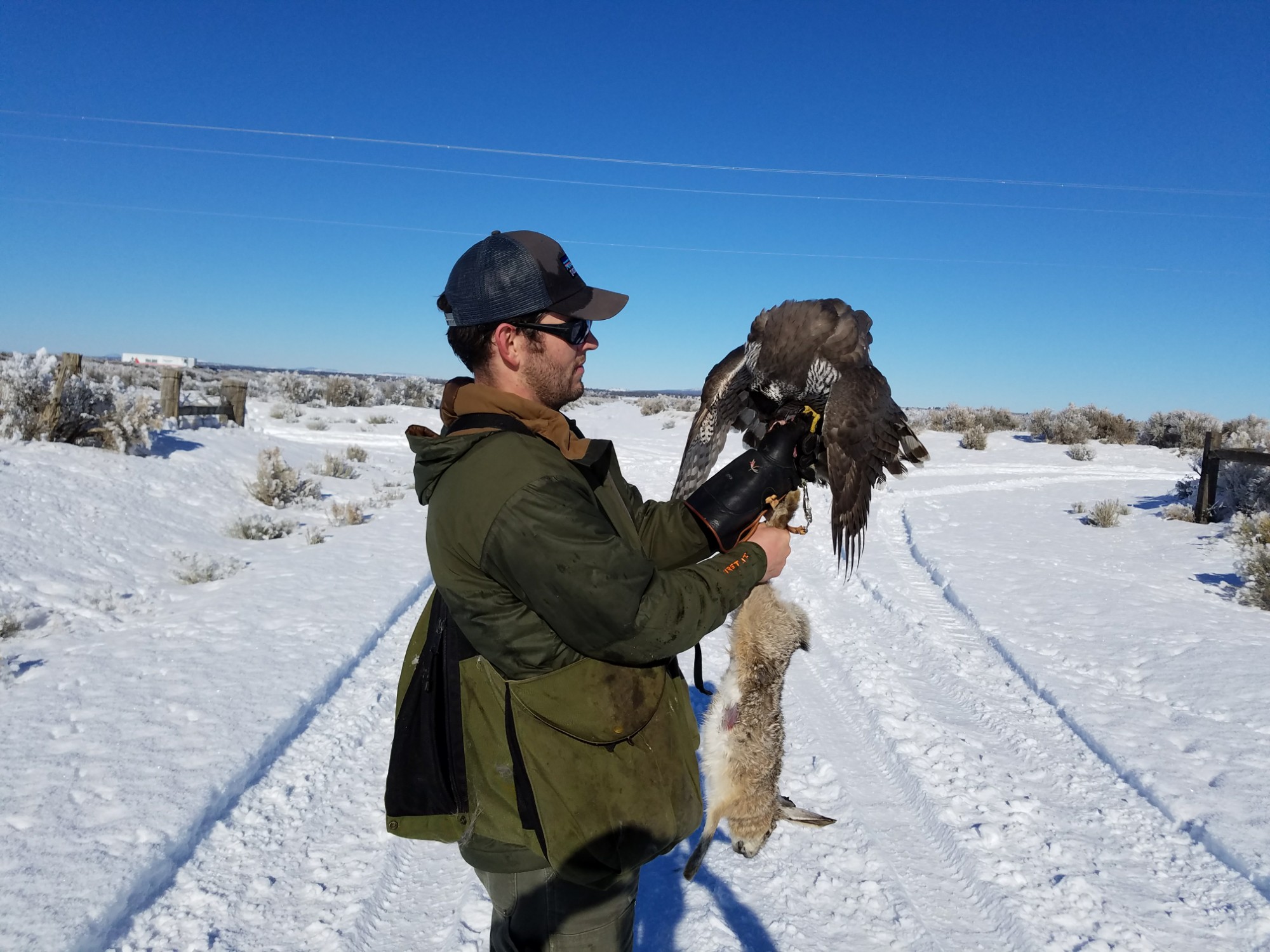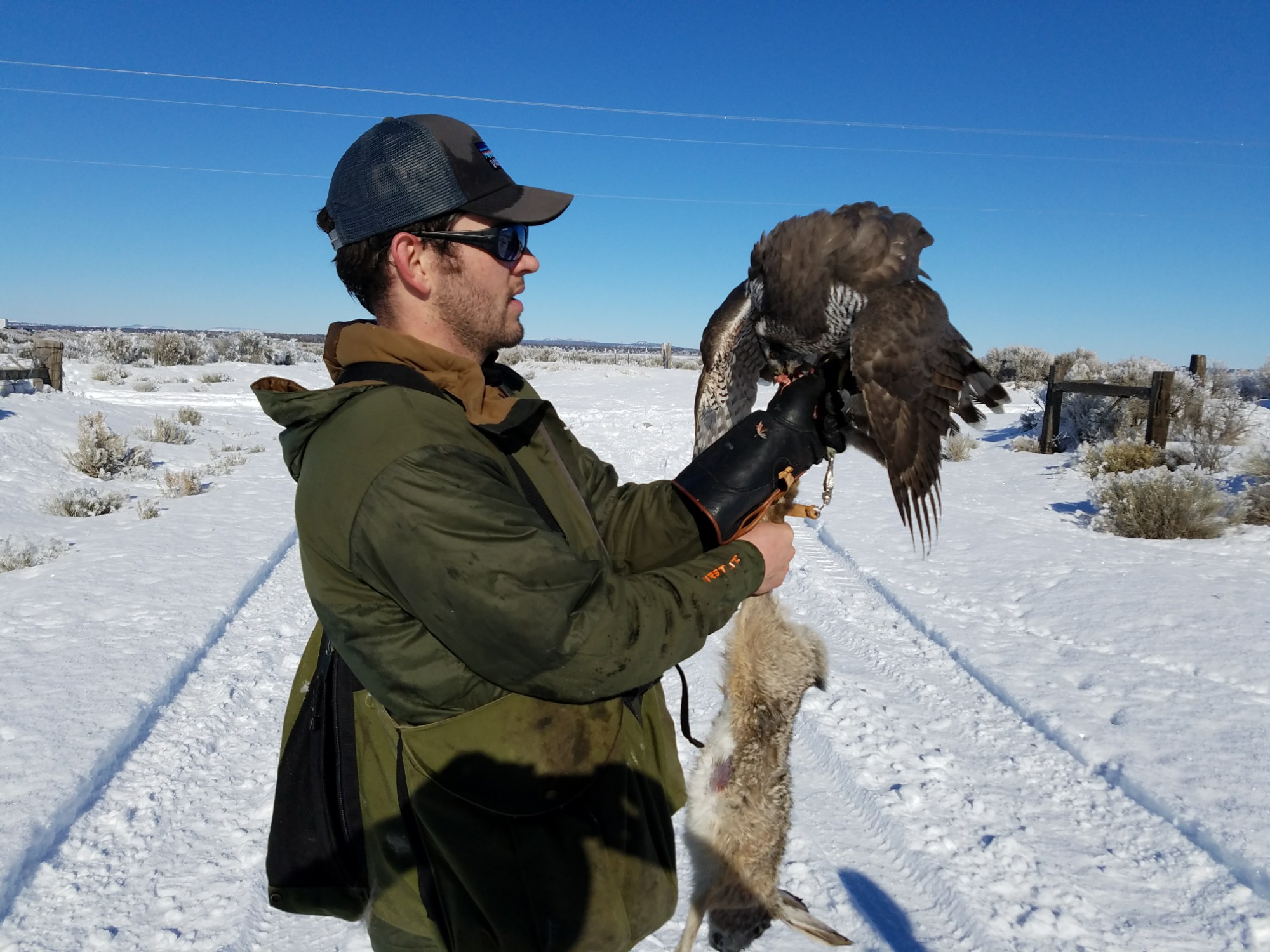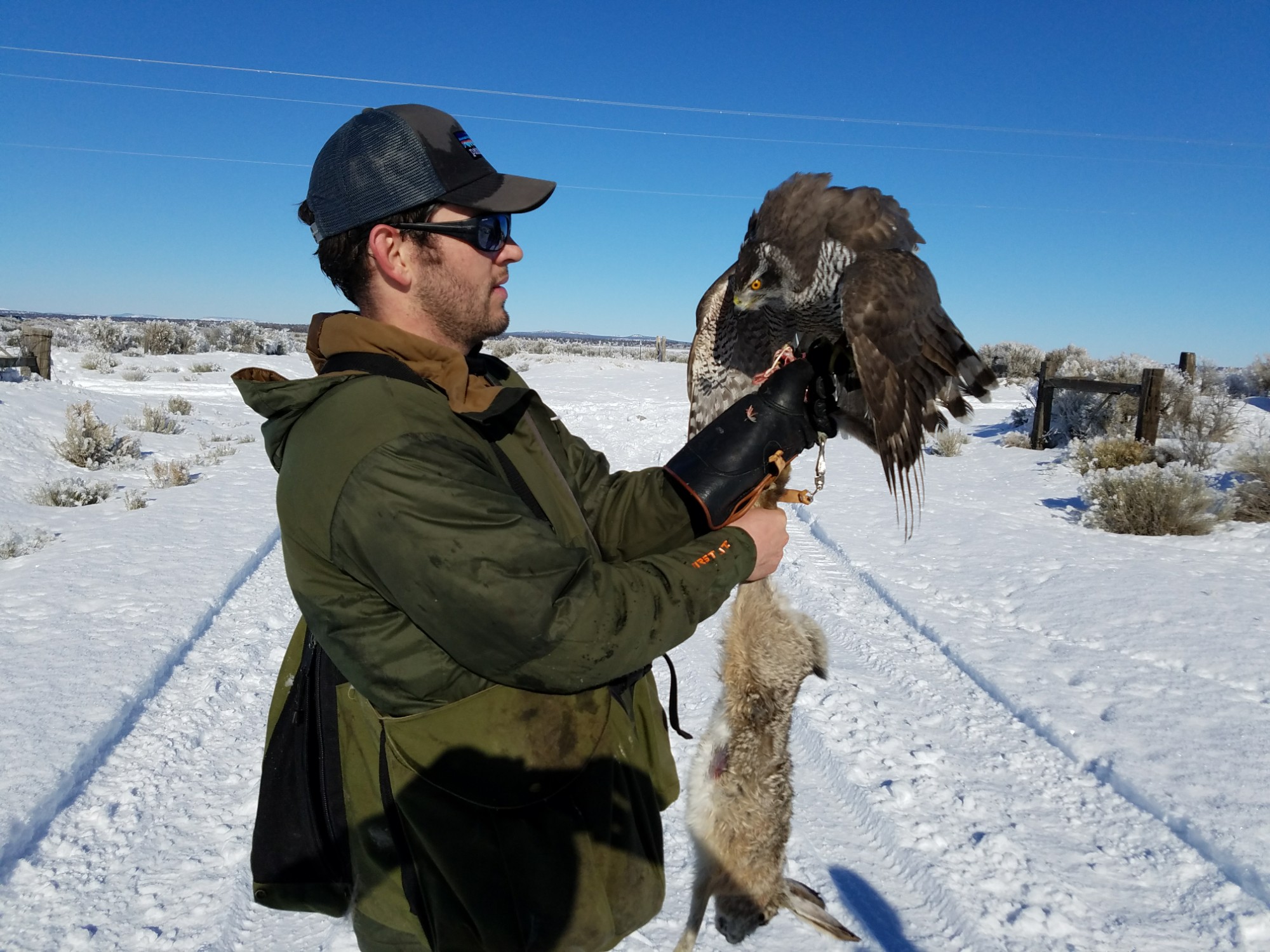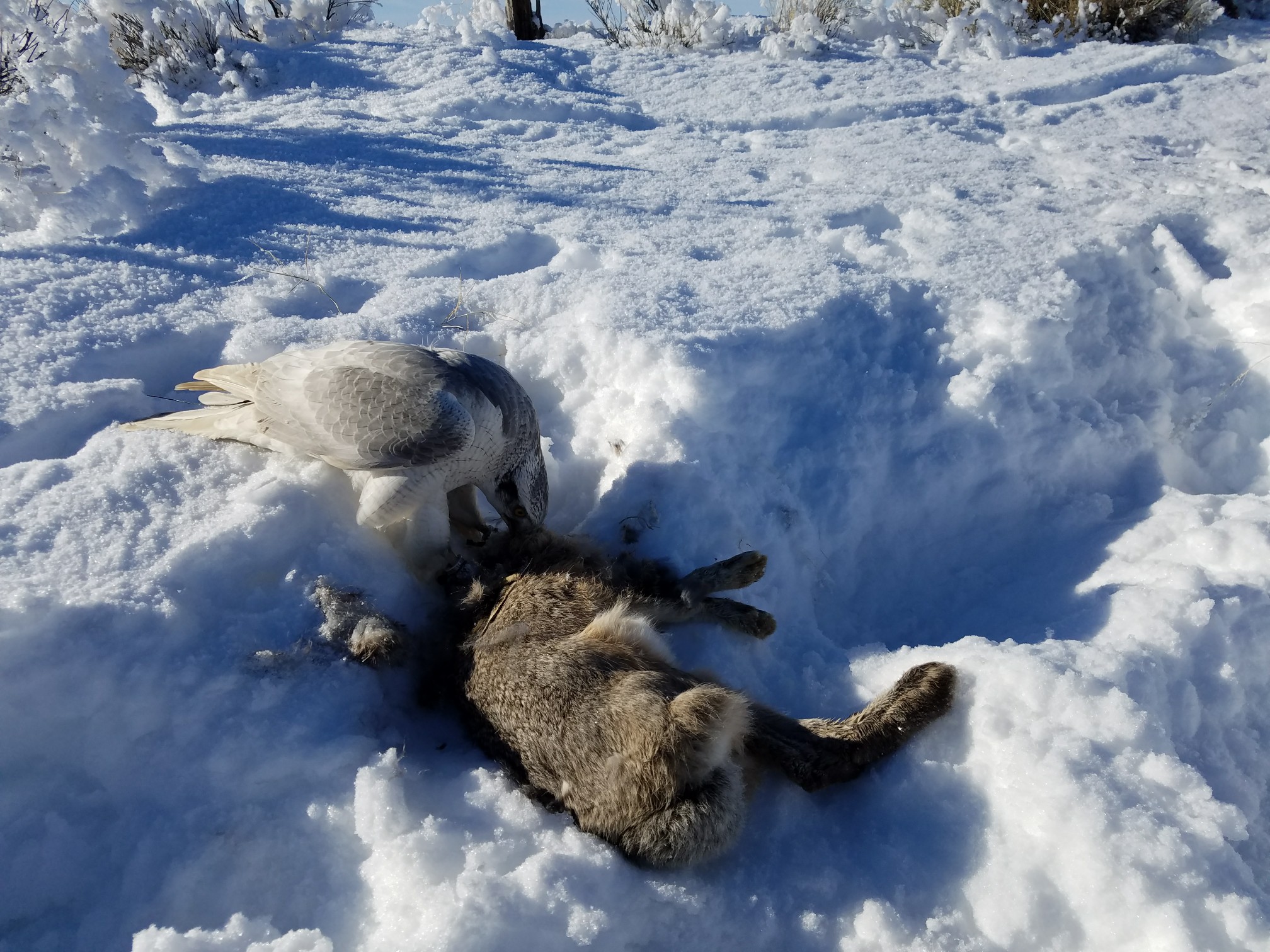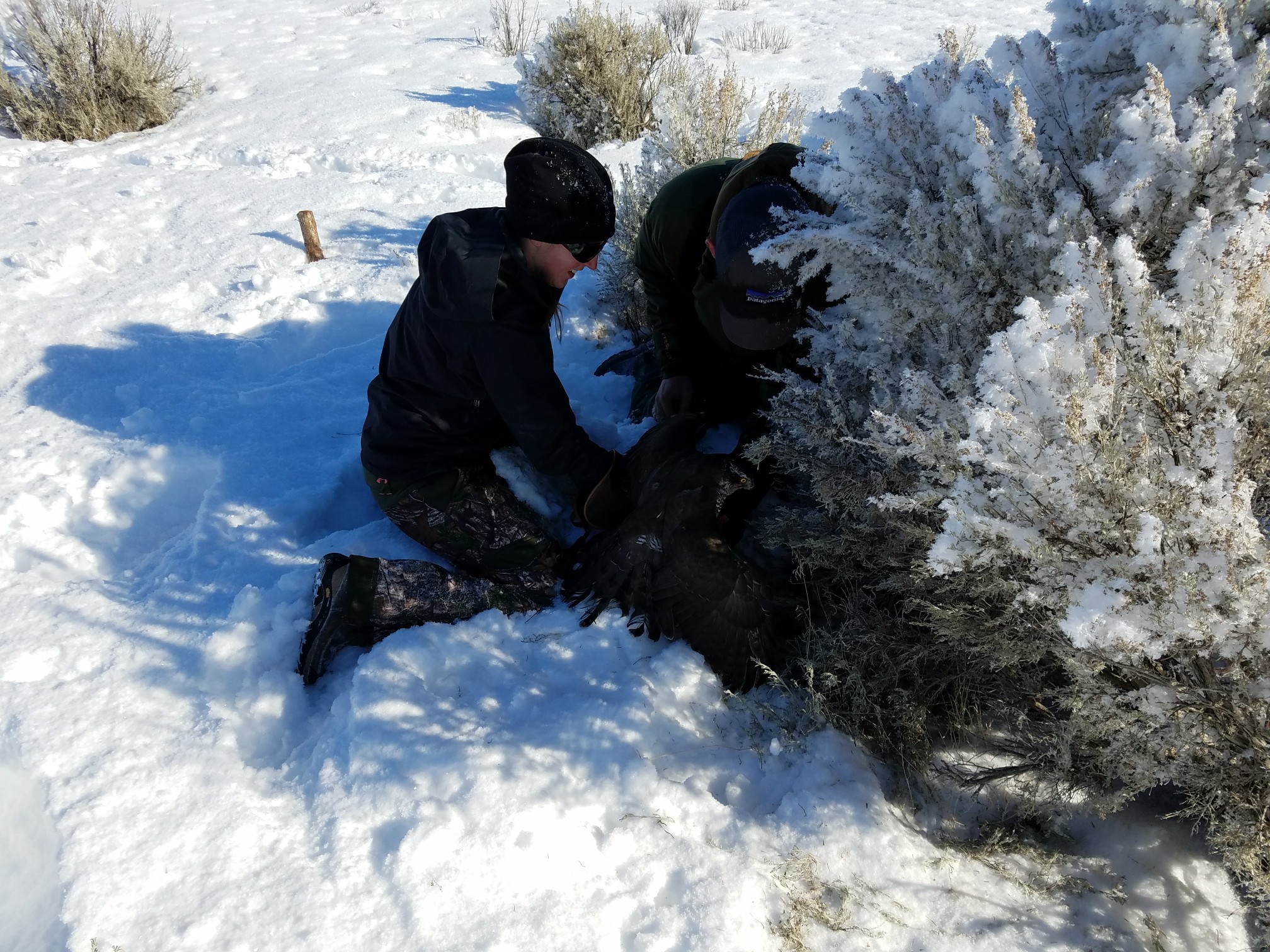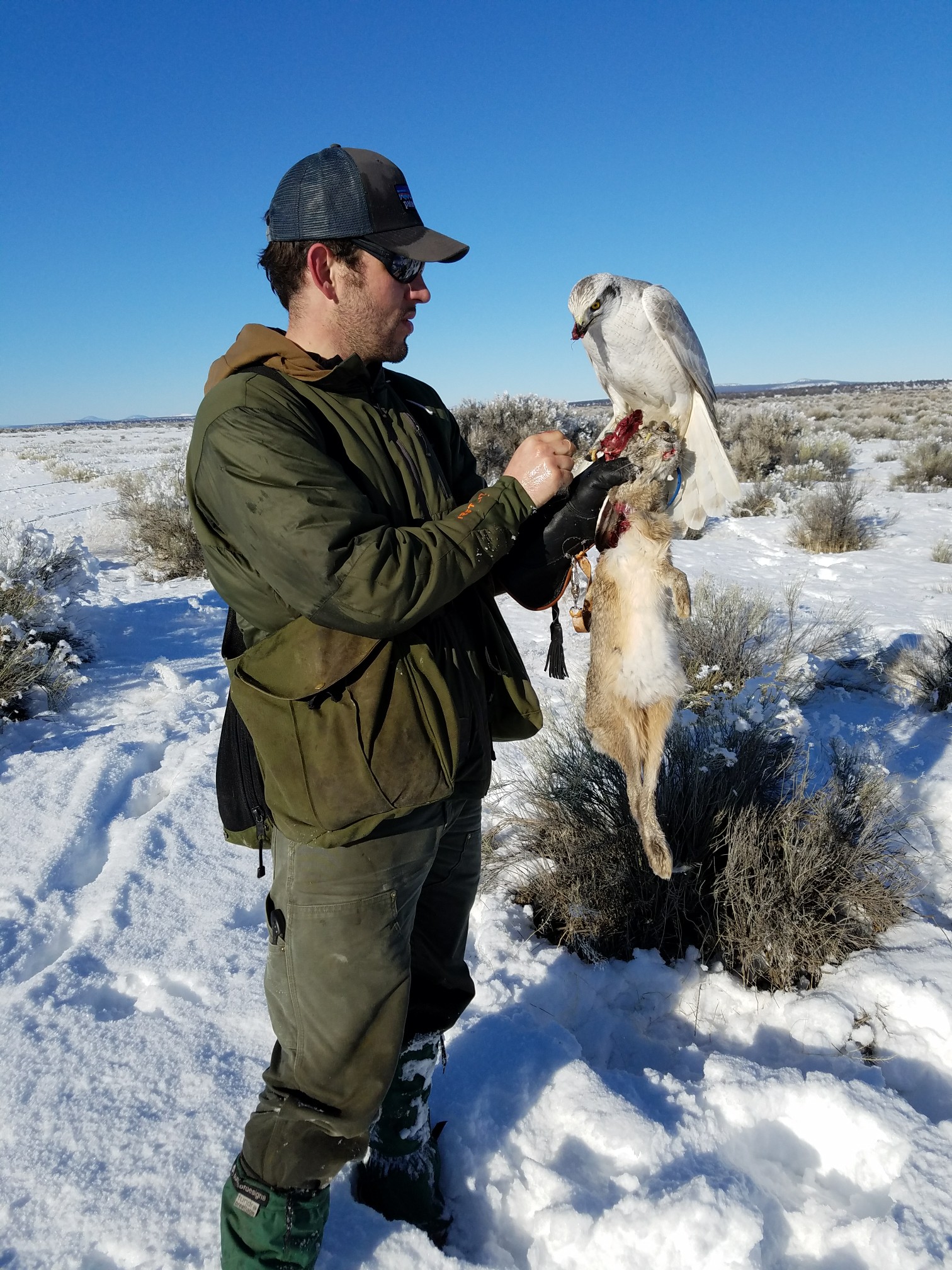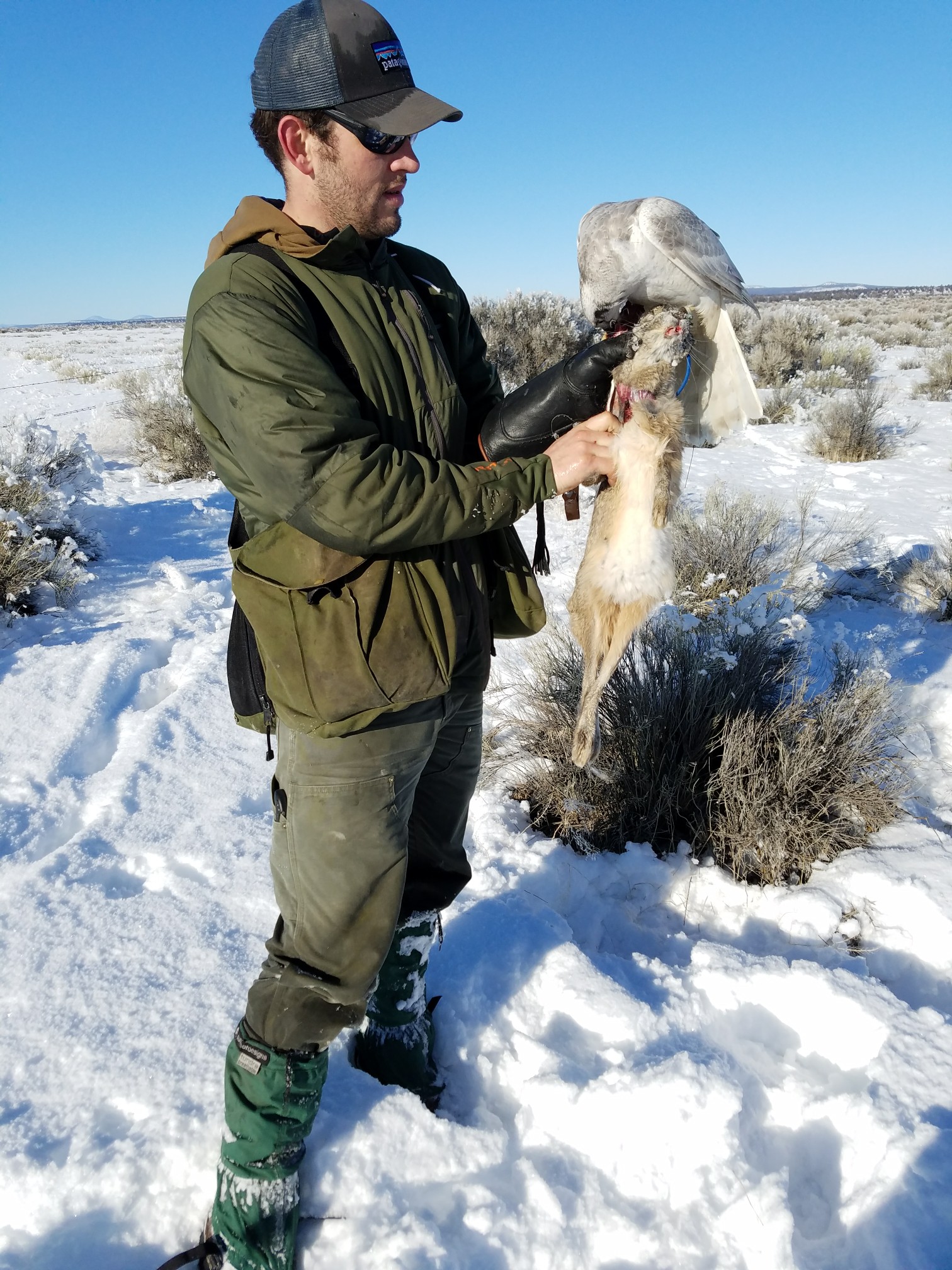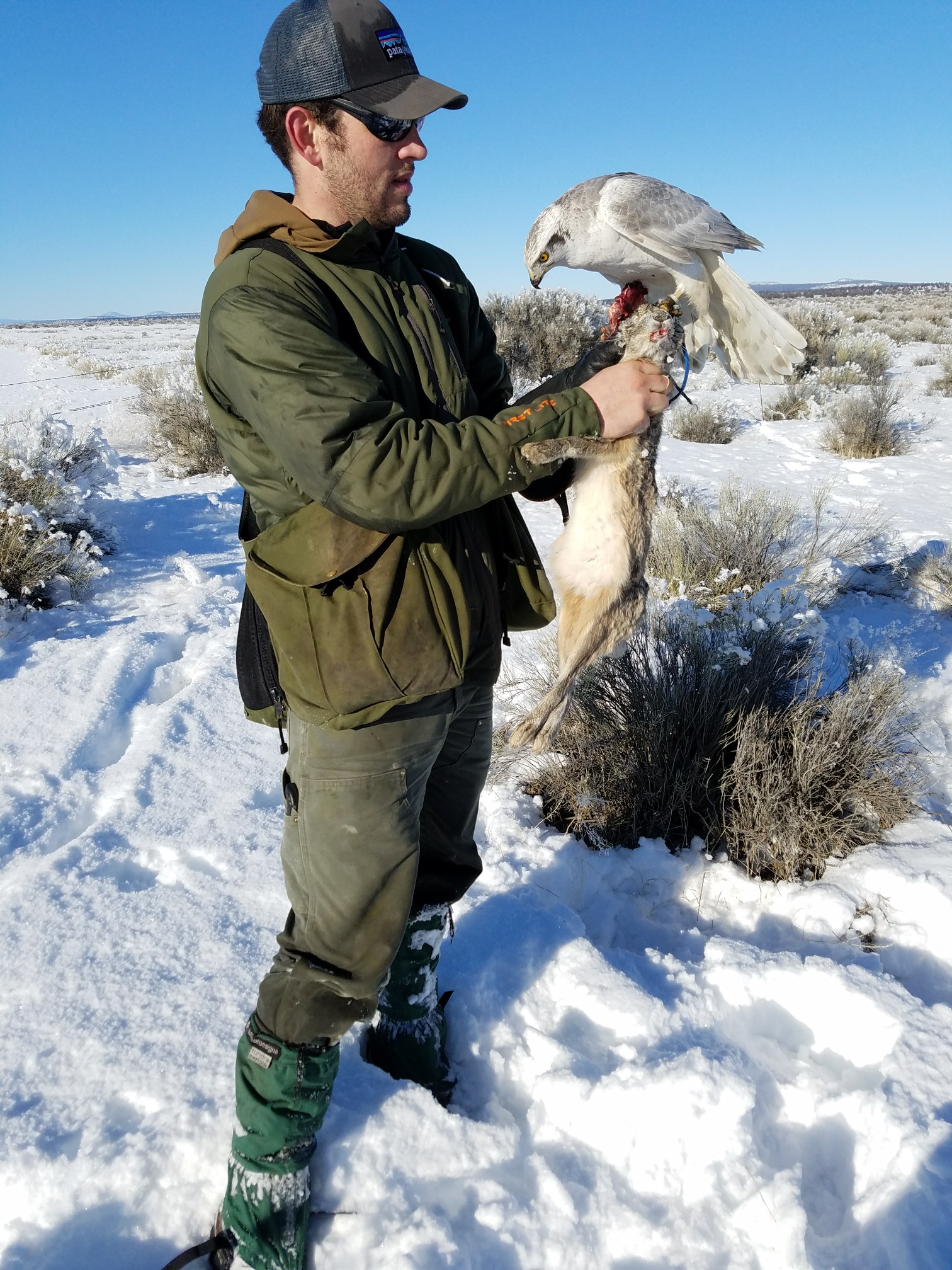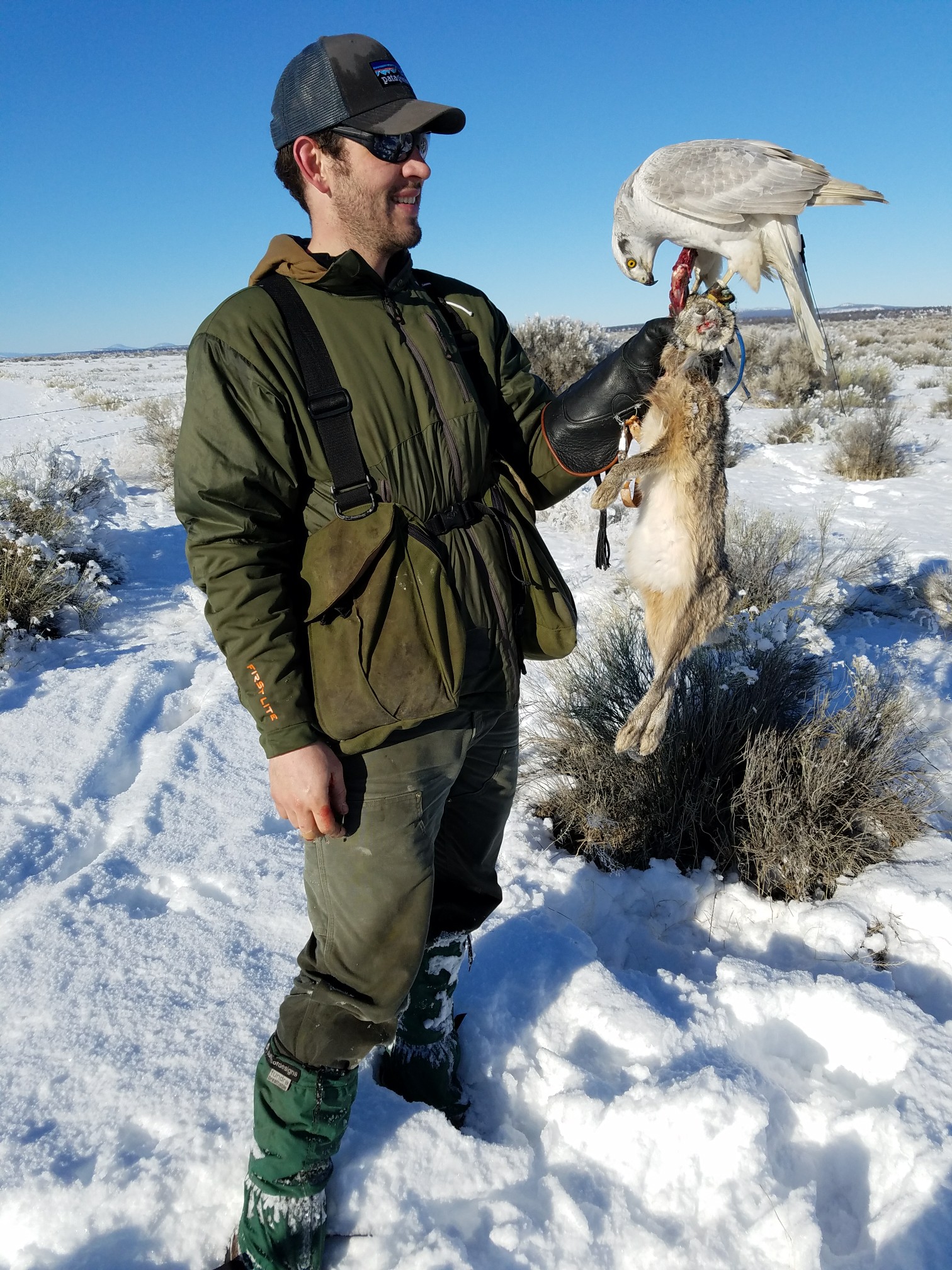It used to be that you would train your bird to come to you by calling to the fist or to a lure and then going hunting. There are many reasons for increased training programs or games, from building a bond, increasing fitness or teaching them a new skill or technique. But there has been some recent improvements with training methods and games. From training a falcon to wait on using a lure, pigeons, kite, balloon, or now a quadcopter. Hawks have been exercised with jump ups, restrained pursuits, yo-yo’s, lure machines, lures from moving vehicles and now also using a quadcopter.
Raptor Nest Surveys
This is the only file you need (opens in Google Earth)
- - -> Google Earth file (.kmz)< - - -
Intro
I put together this information after spending some time lost in the woods, trying to figure out where I was from topo maps or verbal directions. Many times when I came home I realized I was one valley or ridge over from where I needed to be. Some sites had been cut, others built up, and some haven't had birds for decades. However, using historical nesting sites is a great place to start a search.
I have personally used this data to put a single waypoint in my GPS, hike there, play a call, get a response, and find an active nest in the cascades from a previous record from 1994 (18 years prior). To me, that is amazing!!! They have since nested there in 2012, 2013,and 2014. I hope to see them again for a 4th consecutive year. Another nest 30 miles to the east has been occupied in 2014 and is active again (2015) with a previous record of 1994 also; there must have been some people looking in the 90's 😉 Of course, I have also found a bunch of old nests. But in the seemingly endless country out on the Olympic Peninsula, an old nest feels like a win to me! Using GE imagery you can scout out whether the forest has been cut or if there has been a forest fire like in the Swakane canyon before driving. Historical imagery is available on some maps to compare forest structure over decades. You can also use the data to plot your track over actual terrain using elevation data and print the map out to have a hard copy. There are not a lot of people looking anymore but for those that are I hope this information is helpful and offers a road to collaborate. I would love to hear your adventures or updates!
If you would like to share this page with another person please ask and/or inform Dan or I, Thank you. It helps to know who has access and where people are planning on searching so others don't go to the same spot and waste time, and to share information. Last year it worked well. I will post updated information and pictures about active nests reported to me in 2014 and update the google earth file for you guys. 🙂 I also need some updates from people about NE Wa nests. I would be happy to keep some locations private if needed.
Watch Intro Video
This video is rough and shows some of the earlier data but it is enough to get the general idea. I plan on updating it at some point. And to show how you can batch import files from a spreadsheet to GE.
MapsThe Google Earth File is really the best way to view the data! However, I have included some embeded maps below so you can view a section of the data on your cellphone or on a computer without Google Earth installed. If you have a slow internet connection it may take some time to download... let me know if it crashes your browser (I can link to external pages instead).
You can even see a timelapse "show" of the spots by double clicking on the "by year" folder and pressing play in the top left.
Google Earth PluginGoogle Maps
specific areasW Cascades
[map style=" position: relative; top: 30px; left: 0px; width: 1200px; height:800px; margin:20px 0px 20px 0px; border: 1px solid black;" lat="46.31" lon="-121.81" kml="http://aaronsworld.com/wordpress/wp-content/uploads/GoshawksWCascades.kml" mtoggle="yes" marker="yes" z="9"]
Close E Cascades
[map style=" position: relative; top: 30px; left: 0px; width: 1200px; height:800px; margin:20px 0px 20px 0px; border: 1px solid black;" lat="47.41" lon="-120.61" kml="http://aaronsworld.com/wordpress/wp-content/uploads/GoshawksECascades.kml" mtoggle="yes" marker="yes" z="9"]
Close OlympicsOlympics Historical
[map style="position: relative; top: 30px; left: -60px; width: 1200px; height:800px; margin:20px 0px 20px 0px; border: 1px solid black;" kml="http://aaronsworld.com/wordpress/wp-content/uploads/GoshawksOlympics.kml" mtoggle="yes" marker="yes" z="11"]
Close Goshawks GPS Olympics
[map style="position: relative; top: 30px; left: -60px; width: 1200px; height:800px; margin:20px 0px 20px 0px; border: 1px solid black;" kml="http://aaronsworld.com/wordpress/wp-content/uploads/GoshawksGPSOlympics.kml" mtoggle="yes" marker="yes" z="10"]
Close Close USFS
[map style="position: relative; top: 30px; left: 0px; width: 1200px; height:800px; margin:20px 0px 20px 0px; border: 1px solid black;" lat="47.39579" lon="-121.1844530" z="10" marker="yes" kml="http://aaronsworld.com/wordpress/wp-content/uploads/GoshawksUSFS.kml"]
Close |
Files: Nest sites |
Instructions/ExplanationOverview |
I used TRS data (Township Range Section) from historical nest sites to find the corresponding 1/4, and 1/16th sectionsThen I converted these to GPS coord,To aid in 3D mapping and to increase the odds of actually being in the right place in the woods while searching for Goshawk nests.
Original Data:
1. TRS -> GPS

Then I saved each corner coordinate into the excel docto split up the section (~600-800 acres) into quarters (150-200 acres) and 1/16ths (to get around 30-50 acres for each search area) assuming 1/16th section data is known...
2. Excel
Each Corner Co-ord is inserted into Excel document with formulas

Then Each column will calculate 1/4 section (colored backgrounds) and 1/16th section (Corners Each Column, 1/16th section in rows)

Make master list with GPS coord's by pasting nearest known location (1/16th section) Coor-d's under the "Coords of section" data , to find each Corner and center

latitudes have positive values to make the math easier (type in a negative into the gps)
Excel may make you paste data as values, right click "123" (pasting 1/16th section coords into excel).
3. Google Earth
I put each coordinate into Google Earth for each site, Center and NW,NE, SW,SE corners


Save all points for a site under a folder with the site name,
organize by alpha and /or region
Then I can export to google maps or GPS
---Actually I used google to batch import a google spreadsheet to make a kml file that is saved in google earth as a network link (meaning when I update the spreadsheet on my end it automatically updates for you in google earth).---
4. Export to GPS
You can use this website to convert .kml or .kmz into .gpx (Which can then be downloaded into a GPS)

There are many way to actually get the waypoints onto your GPS from a .GPX file. I have found a program called easy GPS to be really fast and easy to use. (my old Garmin is limited to 500 waypoints).
Hopefully this will help you to get to the right place at the right time. . .





Calls
 If you have any that you would like to share please contact me.
If you have any that you would like to share please contact me.Calendar
Changes
Any changes or additions, mistakes etc.
Especially current additions, updates, or recent visits
Please contact
me-
or Dan Pike -
danpi@msn.comWhen we update the file on the server your data will automatically reflect the changes in Google Earth without you doing a thing. So please send me your additions and updates to add to the database.
I would love to be able to do this with Goshawks this next spring->
Click here for a better quality video (.wmv 600 Mb) and remember to make it full screen or choose HD quality on Youtube.
I put up some remote cameras last year and would love to continue this experience. I would love to get a weatherproof camera system, with a wireless router and a cellphone card to take pictures remotely, stored on site external HD, and have live view, with natteries charged by solar panels...If you would like to help:
![]()



